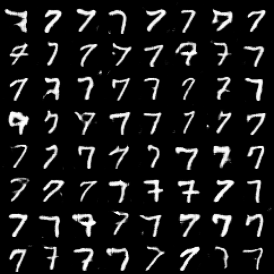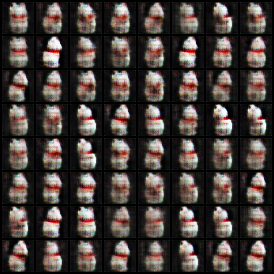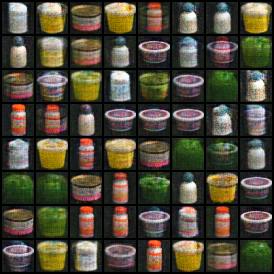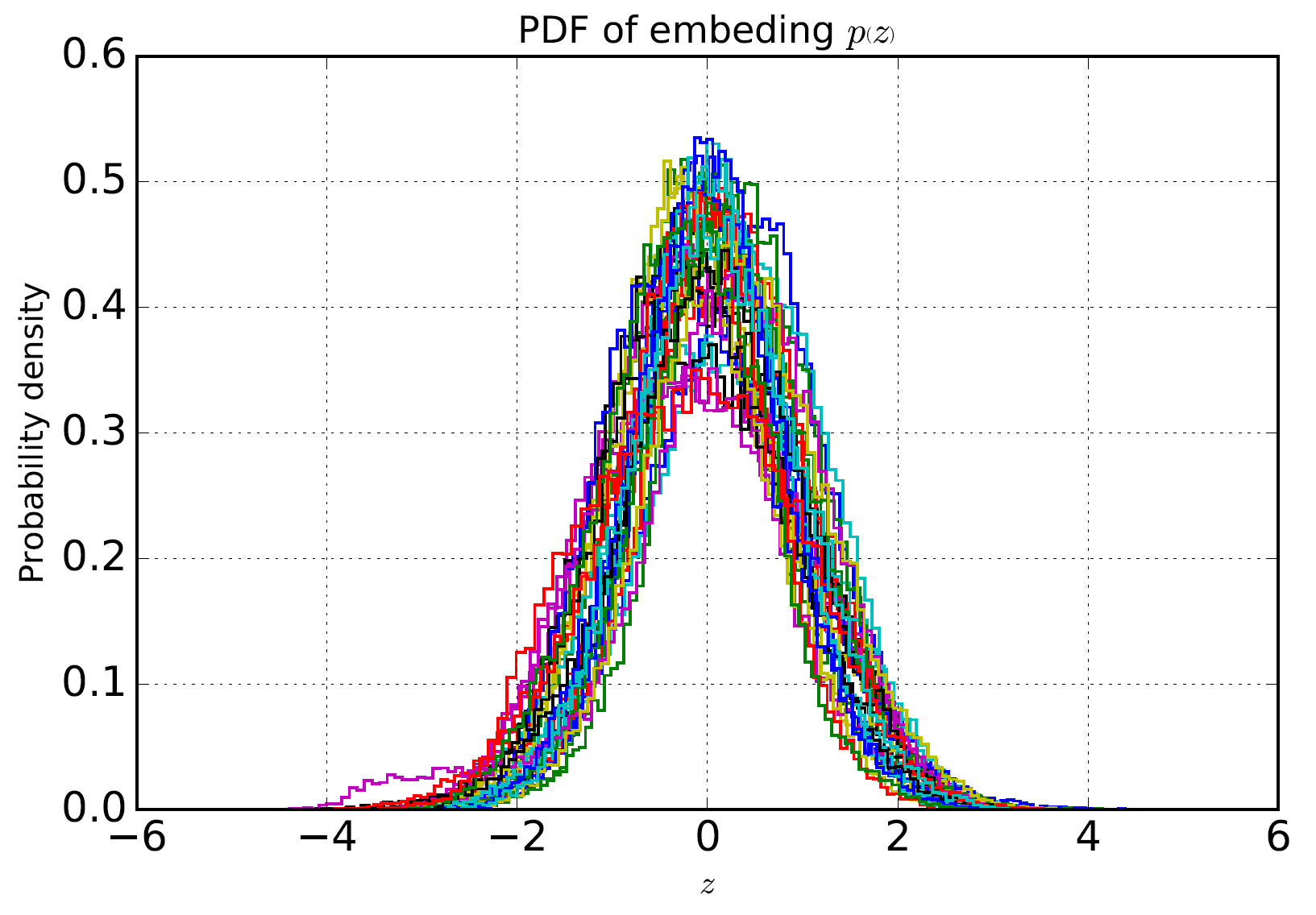podgorskiy / Gpnd
Programming Languages
Labels
Projects that are alternatives of or similar to Gpnd
Generative Probabilistic Novelty Detection with Adversarial Autoencoders
Stanislav Pidhorskyi, Ranya Almohsen, Donald A Adjeroh, Gianfranco Doretto
Lane Department of Computer Science and Electrical Engineering, West
Virginia University
Morgantown, WV 26508
{stpidhorskyi, ralmohse, daadjeroh, gidoretto} @mix.wvu.edu
The e-preprint of the article on arxiv.
@inproceedings{pidhorskyi2018generative,
title={Generative probabilistic novelty detection with adversarial autoencoders},
author={Pidhorskyi, Stanislav and Almohsen, Ranya and Doretto, Gianfranco},
booktitle={Advances in neural information processing systems},
pages={6822--6833},
year={2018}
}
Content
- partition_mnist.py - code for preparing MNIST dataset.
- train_AAE.py - code for training the autoencoder.
- novelty_detector.py - code for running novelty detector
- net.py - contains definitions of network architectures.
How to run
You will need to run partition_mnist.py first.
Then run schedule.py. It will run as many concurent experiments as many GPUs are available. Reusults will be written to results.csv file
Alternatively, you can call directly functions from train_AAE.py and novelty_detector.py
Train autoenctoder with train_AAE.py, you need to call train function:
train_AAE.train(
folding_id,
inliner_classes,
ic
)
Args:
- folding_id: Id of the fold. For MNIST, 5 folds are generated, so folding_id must be in range [0..5]
- inliner_classes: List of classes considered inliers.
- ic: inlier class set index (used to save model with unique filename).
After autoencoder was trained, from novelty_detector.py, you need to call main function:
novelty_detector.main(
folding_id,
inliner_classes,
total_classes,
mul,
folds=5
)
- folding_id: Id of the fold. For MNIST, 5 folds are generated, so folding_id must be in range [0..5]
- inliner_classes: List of classes considered inliers.
- ic: inlier class set index (used to save model with unique filename).
- total_classes: Total count of classes (deprecated, moved to config).
- mul: multiplier for power correction. Default value 0.2.
- folds: Number of folds (deprecated, moved to config).
Generated/Reconstructed images
MNIST Reconstruction. First raw - real image, second - reconstructed.
MNIST Generation.
COIL100 Reconstruction, single category. First raw - real image, second - reconstructed. Only 57 images were used for training.
COIL100 Generation. First raw - real image, second - reconstructed. Only 57 images were used for training.
COIL100 Reconstruction, 7 categories. First raw - real image, second - reconstructed. Only about 60 images per category were used for training
COIL100 Generation. First raw - real image, second - reconstructed. Only about 60 images per category were used for training.
PDF of the latent space for MNIST. Size of the latent space - 32







